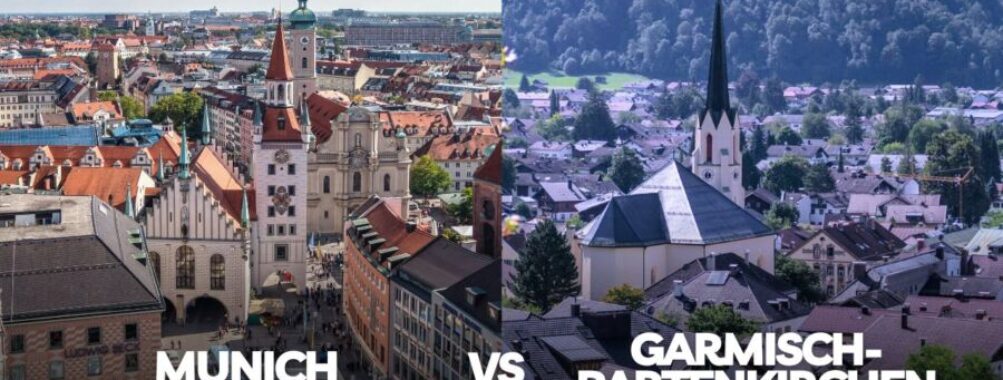
Munich vs Garmisch-Partenkirchen: 7 Stunning Differences Between Bavaria’s Urban Hub and Alpine Paradise
Planning a trip to Bavaria? Your biggest decision might be between Munich and Garmisch-Partenkirchen. Both destinations offer unique experiences that showcase different sides of southern Germany.
Munich gives you city life with museums, historical sites, and famous beer gardens, while Garmisch-Partenkirchen provides stunning Alpine scenery and outdoor adventures. The choice depends on what kind of vacation you’re after.
Munich works well as a bustling home base with excellent public transportation for day trips. Garmisch, nestled at the foot of Germany’s highest peak, the Zugspitze, offers a more peaceful stay surrounded by nature.
Many travelers split their time between both places. From Munich, you can easily make a day trip to Garmisch (about 1.5 hours by train) to experience the mountains. If outdoor activities like hiking or skiing are your priority, staying in Garmisch makes more sense, with its breathtaking views and access to alpine excursions.
Contents
- Geographical and Cultural Understanding
- Bavaria’s Rich Cultural Tapestry
- Munich: Cosmopolitan Heart of Bavaria
- Garmisch-Partenkirchen: Alpine Tradition
- Historical Significance
- Munich’s Architectural Icons
- Garmisch-Partenkirchen’s Historical Roots
- Transportation and Accessibility
- Navigating Munich’s Train Stations
- Reaching the Peaks from Garmisch-Partenkirchen
- Seasonal Activities and Festivals
- Summer Festivities and Gardens
- Winter Wonders and Ski Holidays
- Culinary Delights and Dining Experiences
- Munich’s Beer Halls and Food Scene
- Garmisch-Partenkirchen’s Regional Cuisine
- Recreational Opportunities and Nature Exploration
- Munich’s Urban Green Spaces
- Garmisch-Partenkirchen’s Alpine Adventures
- Accommodation and Overnight Stays
- Stay Luxurious in Munich
- Cozy Mountain Retreats in Garmisch-Partenkirchen
- Frequently Asked Questions
- What unique attractions can visitors explore in Garmisch-Partenkirchen?
- What are the top recommendations for outdoor activities in and around Garmisch-Partenkirchen?
- Can you enlighten me on the historical significance of Garmisch-Partenkirchen in Bavarian culture?
- Could you recommend some hidden gems for dining in Garmisch-Partenkirchen?
- What are the transport options available when traveling from Munich to Garmisch-Partenkirchen?
- How does the ski season in Garmisch-Partenkirchen compare to other alpine destinations?
- More Travel Guides
Geographical and Cultural Understanding

Bavaria offers a fascinating blend of tradition and modernity across its varied landscapes. From urban centers to alpine villages, the region showcases distinct cultural identities while sharing a proud Bavarian heritage.
Bavaria’s Rich Cultural Tapestry
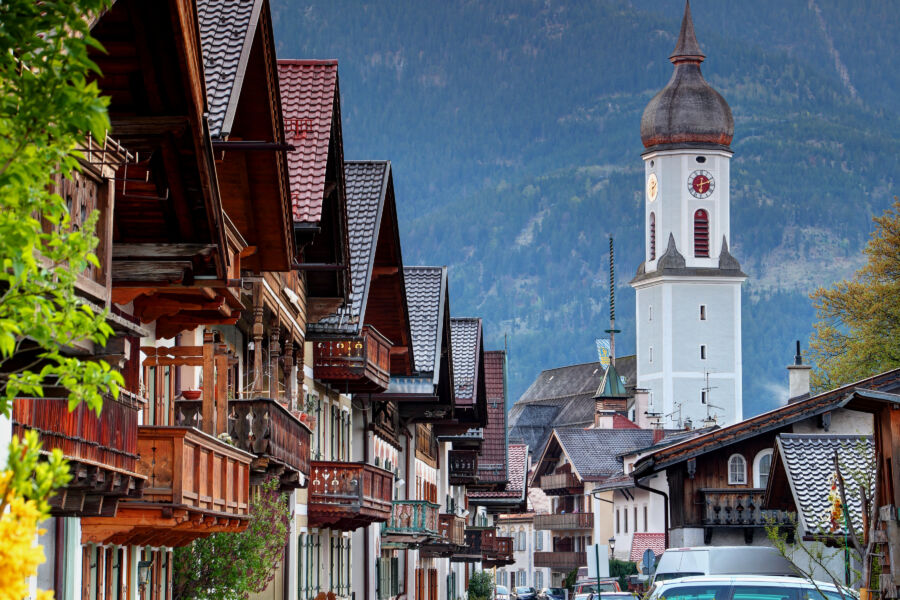
Upper Bavaria represents many’s quintessential image of German culture, with its distinctive blend of traditions, cuisine, and architecture. This region extends from its northern borders with Franconia down to Germany’s highest mountains in the south.
The Bavarian identity is proudly displayed through festivals, traditional dress (dirndls and lederhosen), and a deep connection to the land. Beer gardens, brass bands, and maypoles are common cultural touchpoints throughout the area.
Villages and towns each maintain their local customs while embracing the broader Bavarian heritage. The region’s Catholic influence is evident in the ornate churches and religious celebrations that mark the calendar year. Alpine traditions merge with distinctly Bavarian customs in the south, creating a unique cultural landscape that differs significantly from northern Germany.
Munich: Cosmopolitan Heart of Bavaria

Munich is Bavaria’s capital and cultural hub, about 30 miles north of the Alps. This vibrant city balances cosmopolitan energy with traditional Bavarian charm.
The city center features impressive architecture spanning centuries, from medieval buildings to modernist designs. Museums, theaters, and concert halls showcase Munich’s commitment to arts and culture.
As a major European city, Munich attracts international businesses, students, and tourists, creating a diverse population. Many languages are spoken alongside the distinctive Bavarian dialect.
Oktoberfest represents Munich’s most famous cultural export, but locals celebrate their heritage year-round through numerous festivals and traditions. The city’s beer gardens provide communal spaces where people from all walks of life gather. Munich offers sophisticated shopping, dining, and nightlife while maintaining connections to its historical roots and Bavarian identity.
Garmisch-Partenkirchen: Alpine Tradition

Garmisch-Partenkirchen sits nestled at the foot of Germany’s highest peak, the Zugspitze, showcasing the dramatic beauty of the Bavarian Alps. This twin town (originally separate until 1935) preserves mountain traditions with a distinct character.
The area maintains stronger ties to alpine culture, with outdoor activities shaping local life through every season. Skiing, hiking, and mountain sports aren’t just tourist activities but are integral to the community’s identity.
Garmisch tends to be livelier and more contemporary, while Partenkirchen maintains its traditional Bavarian character with historic buildings and a quieter atmosphere. Walking through Partenkirchen’s old town feels like stepping back in time.
The mountain landscape influences everything from architecture to daily routines. Houses feature sloped roofs to shed snow and decorative paintings depicting alpine scenes and religious themes. Local festivals celebrate mountain traditions, and authentic Alpine cuisine is found in family-owned restaurants rather than international dining options.
Historical Significance
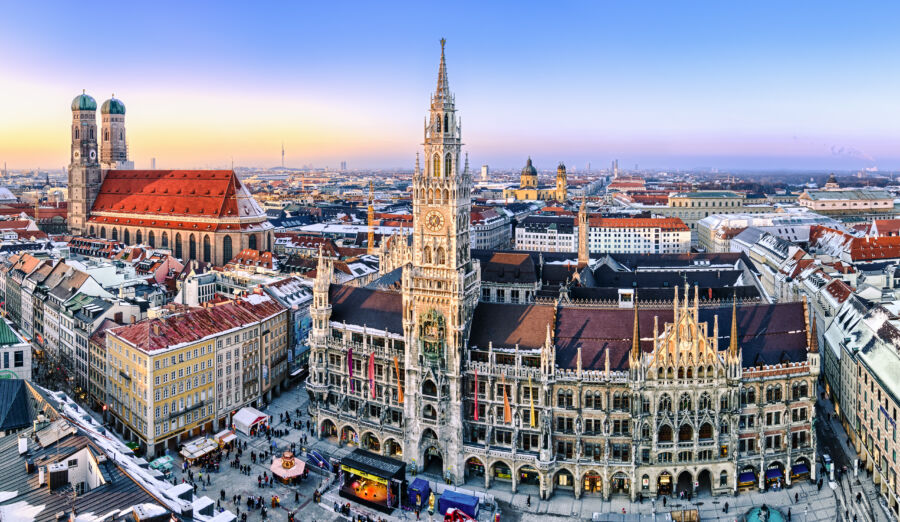
Both Munich and Garmisch-Partenkirchen have played important roles in Bavarian history, though in very different ways. Munich developed as a major cultural and political center, while Garmisch-Partenkirchen built its legacy around natural beauty and winter sports.
Munich’s Architectural Icons

Munich’s historical significance is visible in its stunning architecture. Marienplatz, the city’s central square since 1158, showcases Bavaria’s rich heritage.
The square features the magnificent Neues Rathaus (New Town Hall), built in Gothic Revival style between 1867 and 1908. Its famous Glockenspiel clock attracts visitors daily.
The Frauenkirche (Cathedral of Our Lady) stands as Munich’s most recognizable landmark. Built between 1468 and 1488, its twin towers with distinctive dome-shaped tops dominate the city skyline. The cathedral survived heavy bombing during World War II.
Munich earned its name “München” from the Benedictine monks who first settled the area. The city later became the royal residence of the Wittelsbach dynasty, which ruled Bavaria for over 700 years. Their influence is seen in numerous palaces and museums throughout the city.
Garmisch-Partenkirchen’s Historical Roots

Garmisch-Partenkirchen has a fascinating history as two separate towns that merged in 1935. The merger happened under Nazi orders to prepare for hosting the 1936 Winter Olympics—an event that put this Alpine destination on the world map.
The Olympic ski jump remains in use today, serving as a physical reminder of this pivotal moment in the town’s history. Before the Olympics, Garmisch and Partenkirchen were distinct communities with different characters: Garmisch was more modern, while Partenkirchen maintained its medieval charm.
Located in the scenic Werdenfelser Land region, the town developed as a popular destination for royalty and aristocrats seeking Alpine retreats. Unlike Munich’s urban grandeur, Garmisch-Partenkirchen’s historical significance connects deeply to its natural setting among the Bavarian Alps. The area near Garmisch includes several notable castles, adding to its historical appeal for visitors.
See Related: Munich vs Salzburg: Stunning Differences Between These Alpine Gems
Transportation and Accessibility
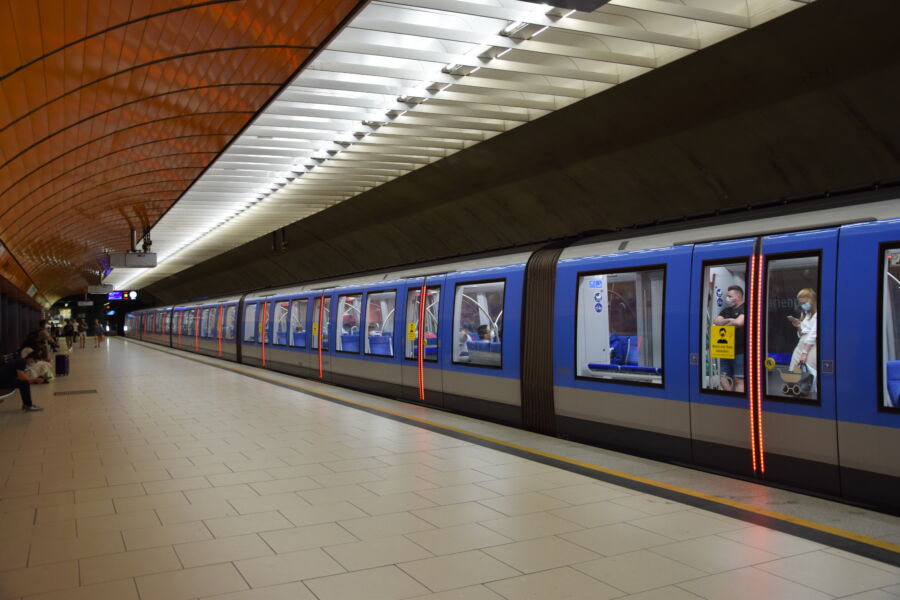
Getting between Munich and Garmisch-Partenkirchen is straightforward with several transportation options available. The well-connected rail system makes travel convenient for tourists without requiring a car.
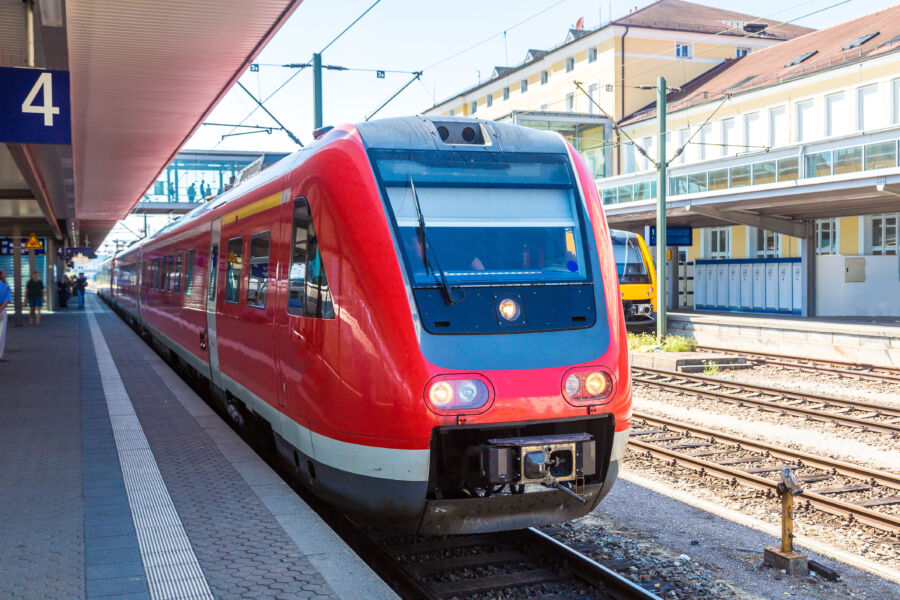
Munich’s main train station (Hauptbahnhof) serves as the primary hub for trips to Garmisch-Partenkirchen. Trains depart regularly throughout the day, with direct services running approximately every two hours. These direct trains take about 80-90 minutes to reach Garmisch-Partenkirchen.
For travelers preferring flexibility, additional departures require just one train change. The total journey time for these connections is around 2 hours.
The trains are comfortable and offer scenic views of the Bavarian countryside as you head toward the Alps. Most travelers find the German rail system incredibly reliable and punctual. If you’re planning day trips from Munich, purchasing a Bayern Ticket can save money, especially for groups.
Reaching the Peaks from Garmisch-Partenkirchen
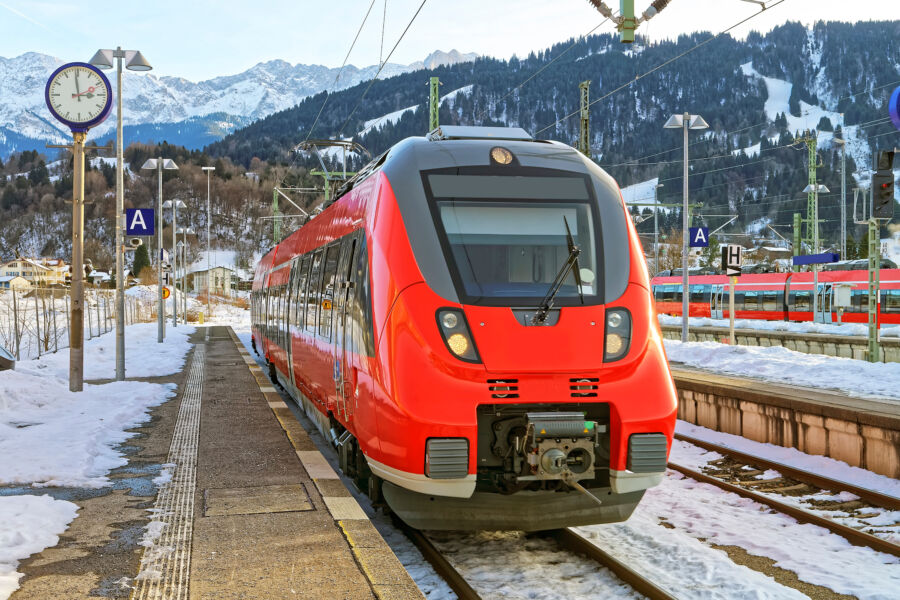
Once in Garmisch-Partenkirchen, you’ll find excellent local transportation options. The town provides visitors with a tourist office guest card that grants free access to local buses, making it easy to explore the area.
The local transit system connects seamlessly to popular hiking trails and mountain destinations. Even the most remote trails around Garmisch-Partenkirchen are accessible via public transportation.
No car is necessary to enjoy the region’s natural beauty. Regular buses run to major attractions and trailheads throughout the day.
Train and bus options are available for those wanting to visit Neuschwanstein Castle. The journey takes about 2 hours each way from Garmisch, though some travelers prefer renting a car just for this day trip for added flexibility.
Seasonal Activities and Festivals

Munich and Garmisch-Partenkirchen both shine throughout the year with distinctive seasonal attractions. Each destination offers unique festivities and outdoor activities that showcase Bavarian culture at its finest.
Summer Festivities and Gardens
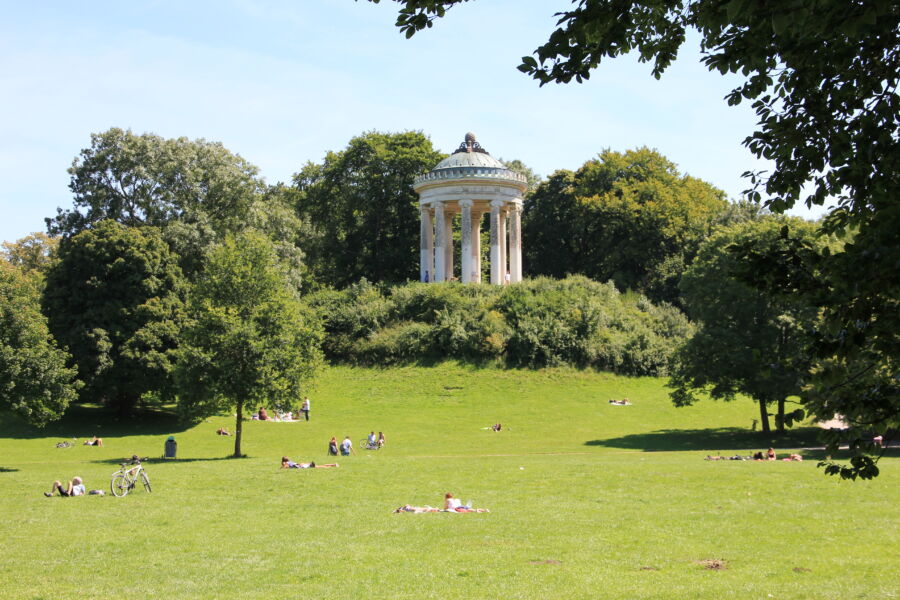
Munich comes alive in summer with vibrant outdoor events. The Tollwood Summer Festival runs from mid-June to mid-July, featuring concerts, art exhibits, and street theater throughout the city. It’s a cultural highlight that draws locals and tourists alike.
During warm months, the English Garden transforms into Munich’s social hub. This massive urban park offers peaceful spots for picnics, sunbathing, and even surfing on the Eisbach wave. Beer gardens like the Chinese Tower provide perfect settings to enjoy traditional Bavarian refreshments.
Garmisch-Partenkirchen offers a more nature-focused summer experience. The Alpine town has become a paradise for hiking enthusiasts and outdoor adventurers. Trails range from easy valley walks to challenging mountain routes that reward spectacular views.
Winter Wonders and Ski Holidays
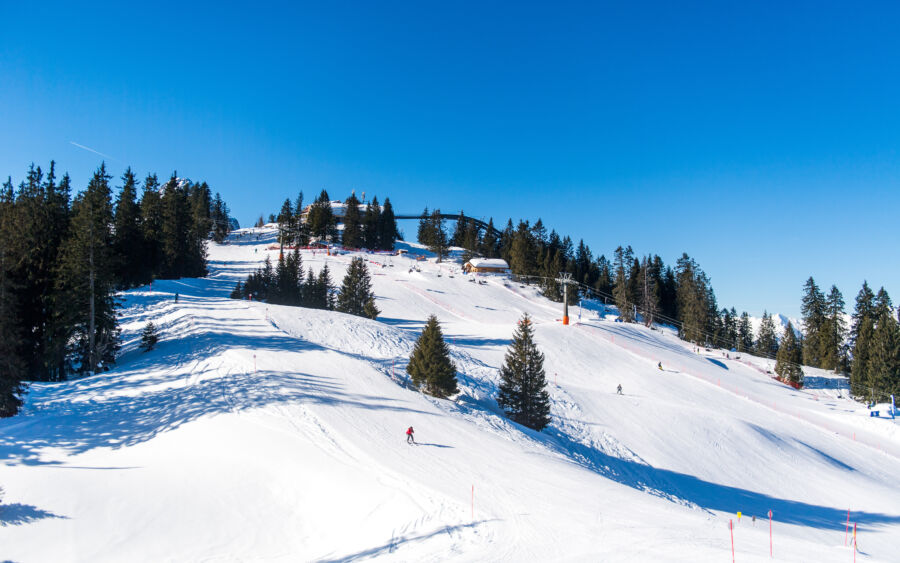
Munich transforms into a festive wonderland during winter. From late November through December, the city hosts enchanting Christmas markets, with Marienplatz becoming the epicenter with its towering Christmas tree and handcrafted gifts.
Though not a ski destination, Munich is an excellent base for day trips to nearby slopes. Winter in the city offers cozy beer halls and museums as alternatives to outdoor activities when temperatures drop.
Garmisch-Partenkirchen truly shines in winter as a premier ski holiday destination. The town sits at the base of Germany’s highest peak, the Zugspitze, offering exceptional skiing opportunities from November through April.
Winter sports enthusiasts can enjoy everything from downhill skiing to cross-country trails. The historic 1936 Olympic ski jump remains an impressive sight, especially during winter competitions that still take place here.
Culinary Delights and Dining Experiences

Munich and Garmisch-Partenkirchen offer incredible Bavarian food experiences showcasing the region’s rich culinary traditions. However, the cities differ in their approach to dining. Munich offers more variety, while Garmisch maintains more traditional Alpine fare.
Munich’s Beer Halls and Food Scene

Its famous beer halls and the Viktualienmarkt food market dominate Munich’s food scene. The beer halls, like Hofbräuhaus, serve classic Bavarian dishes alongside freshly brewed beer in liter-sized steins. You’ll find plenty of pretzels, weisswurst (white sausage), and schweinshaxe (pork knuckle) on most menus.
The Viktualienmarkt offers a more diverse experience with food tours that let you sample various Bavarian specialties. These guided tours are perfect for visitors who want to learn about local food traditions from knowledgeable guides.
Munich’s Old Town also features guided lunch experiences that cater to different dietary needs. The city has evolved beyond traditional fare to include international cuisine while still honoring its Bavarian roots. For foodies, Munich offers everything from casual eateries to upscale dining experiences, making it a versatile destination for culinary adventures.
Garmisch-Partenkirchen’s Regional Cuisine

Garmisch-Partenkirchen focuses more on authentic regional Alpine cuisine. Local restaurants serve traditional Bavarian dishes with Austrian and Alpine influences that reflect the town’s mountain setting.
After a day of hiking or skiing, visitors can enjoy hearty meals in cozy, wood-paneled restaurants. The town is known for its “eating like a local” experience, with restaurants serving favorites that residents have enjoyed for generations.
Grainau, just outside Garmisch, offers additional dining options within a short drive. The entire area is filled with “must-try” restaurants serving regional specialties made with locally sourced ingredients.
Seasonal dishes are a highlight in Garmisch, with many restaurants changing their menus based on what’s fresh and available. Unlike Munich’s more tourist-oriented venues, Garmisch’s eateries tend to serve food that feels more authentically Bavarian. The festive spirit of Bavarian cuisine is also well-represented here, offering visitors a more intimate connection to local food traditions than what’s found in bigger cities.
See Related: London vs Berlin: Key Differences to Consider Before Your Next European Adventure
Recreational Opportunities and Nature Exploration
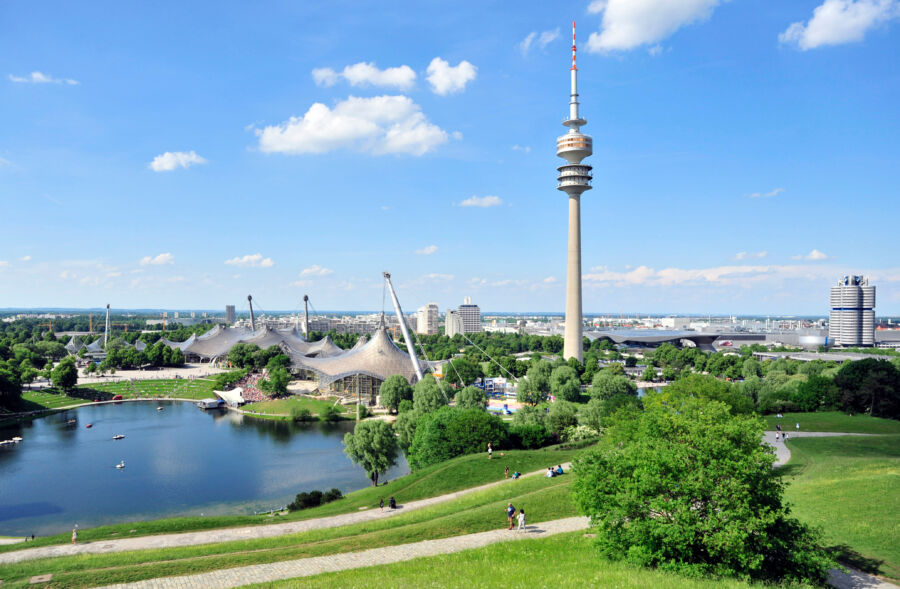
Munich and Garmisch-Partenkirchen offer amazing ways to enjoy the outdoors in different settings. Munich blends urban amenities with beautiful parks, while Garmisch provides direct access to alpine adventures.
Munich’s Urban Green Spaces
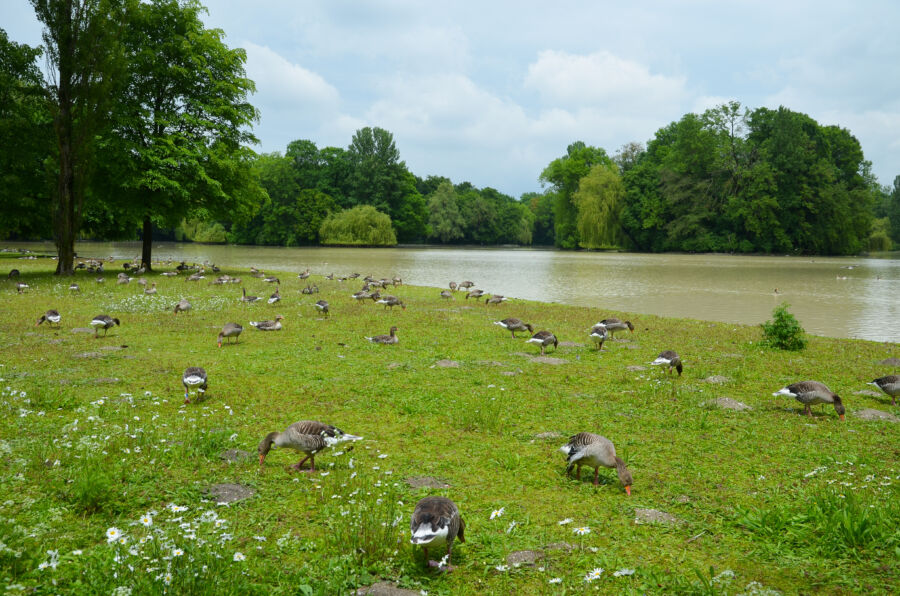
Munich may be Bavaria’s bustling capital, but it boasts impressive green spaces that provide a refreshing escape from city life. The English Garden stands out as one of Europe’s largest urban parks, even bigger than New York’s Central Park. Here, you can stroll through meadows, watch surfers ride the Eisbach wave, or relax in a beer garden.
The city has a network of bike paths connecting various parks and gardens. Cycling is a popular way to explore Munich’s outdoor areas without dealing with traffic.
During summer months, locals flock to the Isar River banks for picnics, swimming, and barbecues. The riverfront promenades offer pleasant walking routes with views of the city skyline. Munich also serves as an excellent base for day trips to nearby castles like Neuschwanstein and Hohenschwangau, though these require about a 2-hour journey.
Garmisch-Partenkirchen’s Alpine Adventures
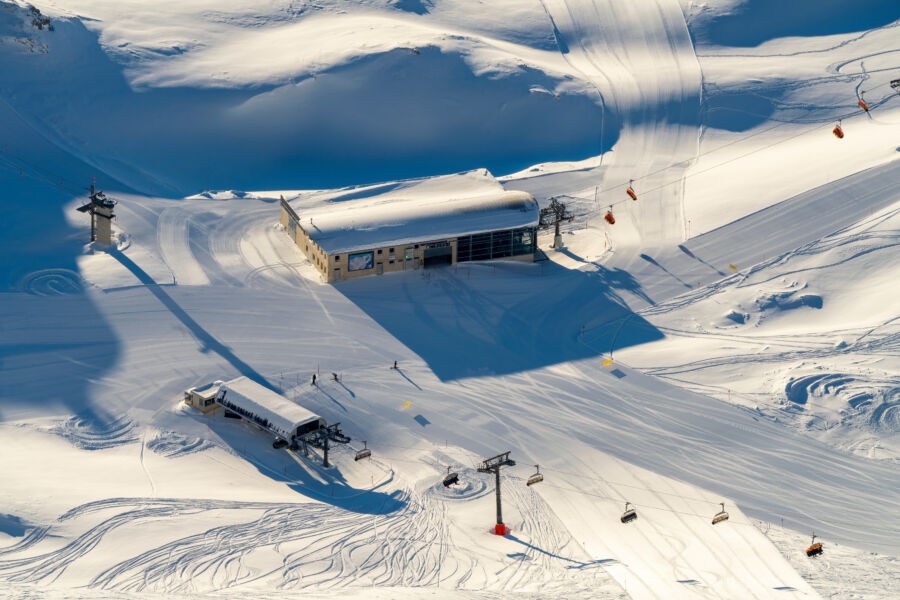
Garmisch-Partenkirchen sits directly in the Bavarian Alps, making it a paradise for outdoor enthusiasts. The town provides immediate access to Germany’s highest peak, Zugspitze (2,962m), which can be reached by cable car for spectacular views across four countries.
Hiking options range from gentle valley walks to challenging mountain trails. The area boasts over 300km of marked paths through alpine meadows, dense forests, and dramatic gorges like the Partnach Gorge.
In winter, Garmisch transforms into a premier ski destination with slopes suitable for all skill levels. The 1936 Winter Olympics were held here, and the facilities remain top-notch.
Mountain biking, paragliding, and rock climbing attract adventure seekers during warmer months. Crystal-clear mountain lakes offer refreshing swimming spots on hot summer days. Nearby natural treasures include pristine forests and protected nature parks that showcase Bavaria’s diverse ecosystems. You’ll find yourself surrounded by postcard-perfect alpine scenery at every turn.
Accommodation and Overnight Stays
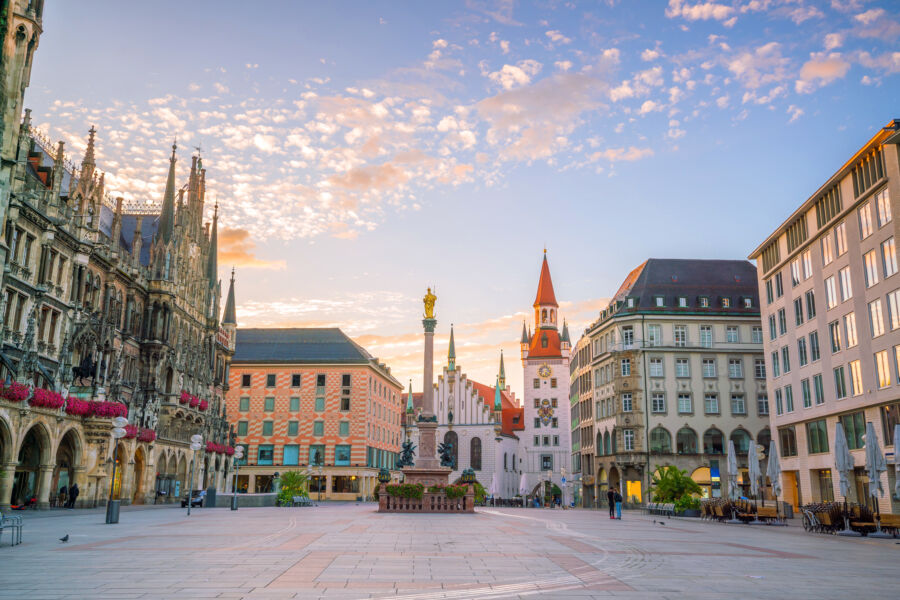
When choosing between Munich and Garmisch-Partenkirchen, your lodging options reflect each destination’s distinct character. Munich offers upscale hotels and city amenities, while Garmisch provides cozy alpine accommodations with mountain views.
Stay Luxurious in Munich

Munich offers a wide range of accommodation options to fit all budgets and travel styles. The city center features luxury hotels like the Bayerischer Hof and Hotel Vier Jahreszeiten, where travelers can enjoy top-notch service and amenities. These establishments often have hefty price tags but deliver exceptional experiences.
For more budget-conscious travelers, Munich offers plenty of mid-range hotels and boutique options. The Schwabing and Haidhausen neighborhoods provide charming spots with easy access to public transportation. Many hotels in Munich feature:
- On-site restaurants serving Bavarian specialties
- Modern facilities with fitness centers
- Easy access to public transportation
- Walking distance to major attractions
Hotel prices spike dramatically during Oktoberfest and the summer months, so booking well in advance is essential for any Munich visit.
Cozy Mountain Retreats in Garmisch-Partenkirchen

Garmisch-Partenkirchen offers a completely different lodging experience focused on alpine charm and mountain views. This resort town features numerous family-run guesthouses and traditional Bavarian hotels with wooden balconies and flower boxes.
The town has two distinct areas – Garmisch and Partenkirchen – each with its own pedestrian zones and accommodation styles. Most hotels and apartments provide stunning views of the surrounding Alps, particularly the Zugspitze. Visitors can expect:
- Traditional Bavarian decor with modern comforts
- Balconies overlooking the mountain scenery
- Family-run establishments with personal service
- Convenient access to hiking trails and ski lifts
Many accommodations include breakfast featuring local products. During winter ski season, lodging can be more expensive, but shoulder seasons offer excellent value for travelers seeking a peaceful mountain retreat.
See Related: Germany Trip Cost: Budget-Friendly 7-Day Adventure Under €1000
Frequently Asked Questions
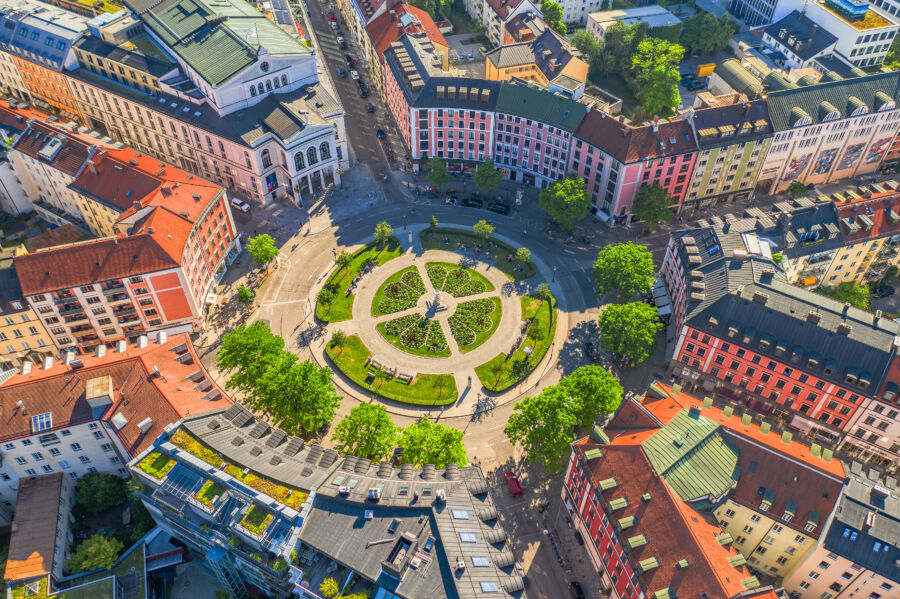
Visitors often have specific questions about what makes Garmisch-Partenkirchen special compared to Munich. Both destinations offer unique experiences that cater to different travel preferences.
What unique attractions can visitors explore in Garmisch-Partenkirchen?
Garmisch-Partenkirchen boasts the Zugspitze, Germany’s highest peak at 9,718 feet. On clear days, the mountain offers breathtaking panoramic views across four countries.
The historic Partnach Gorge (Partnachklamm) features impressive 262-foot-high limestone walls with rushing waters below. This natural wonder is accessible year-round and looks magical when frozen in winter.
The Olympic Ski Stadium remains from the 1936 Winter Games. Visitors can tour this historic venue and even watch ski jumpers practice during training sessions.
What are the top recommendations for outdoor activities in and around Garmisch-Partenkirchen?
Hiking trails abound for all skill levels, from gentle valley walks to challenging alpine climbs. The Höllentalklamm (Hell Valley Gorge) offers dramatic scenery with wooden walkways built along rushing waters.
Winter sports enthusiasts can choose from downhill skiing, cross-country skiing, and snowboarding. The Classic Card provides access to multiple ski areas, including Garmisch-Classic and Zugspitze.
Mountain biking has grown increasingly popular, with dedicated trails ranging from family-friendly routes to technical single tracks. Rental shops in town provide quality equipment and trail maps.
Can you enlighten me on the historical significance of Garmisch-Partenkirchen in Bavarian culture?
Garmisch and Partenkirchen were originally separate towns until 1935 when they were unified for the 1936 Winter Olympics. This history is visible in their distinct architectural styles – Garmisch feels more modern, while Partenkirchen maintains traditional Bavarian charm.
The area has deep roots in Bavarian folk traditions, with regular performances of traditional music, dance, and distinctive Alpine customs. Many buildings feature “Lüftlmalerei” – elaborately painted facades depicting religious and historical scenes.
The region served as a crossroads for ancient trade routes between Germany and Italy through the Alps. This heritage influenced local cuisine, architecture, and cultural practices that remain evident today.
Gasthof Fraundorfer offers authentic Bavarian cuisine, as well as nightly folk dancing and music performances. Their Schweinshaxe (pork knuckle) has earned local fame.
For something unexpected, the town has two excellent Indian restaurants. They provide a welcome change from hearty German fare, perfect after a day of mountain activities.
Konditorei Krönner creates exquisite pastries and cakes in a cozy setting away from the main tourist areas. Their Black Forest cake uses cherries picked from local orchards.
What are the transport options available when traveling from Munich to Garmisch-Partenkirchen?
The train provides the most convenient option, with direct services running hourly from Munich’s main station. The journey takes approximately 1.5 hours through the picturesque countryside.
Driving allows flexibility to stop at attractions like Linderhof Palace. The route follows the A95 autobahn for most of the journey, taking around one hour without stops.
Bus services connect the two destinations, though less frequently than trains. The Bayern Ticket offers unlimited regional travel for a day at an affordable price for groups.
How does the ski season in Garmisch-Partenkirchen compare to other alpine destinations?
Garmisch-Partenkirchen typically enjoys a reliable snow season from December through April. The Zugspitze glacier area often opens earlier and closes later than lower-elevation resorts.
The resort offers more affordable skiing compared to Swiss or French Alps destinations. Lift tickets and accommodations generally cost 20-30% less than in St. Moritz or Chamonix.
The terrain provides an excellent variety, from beginner slopes to challenging runs. The famous Kandahar downhill course regularly hosts World Cup races. The resort balances family-friendly areas with challenging terrain for experts.



